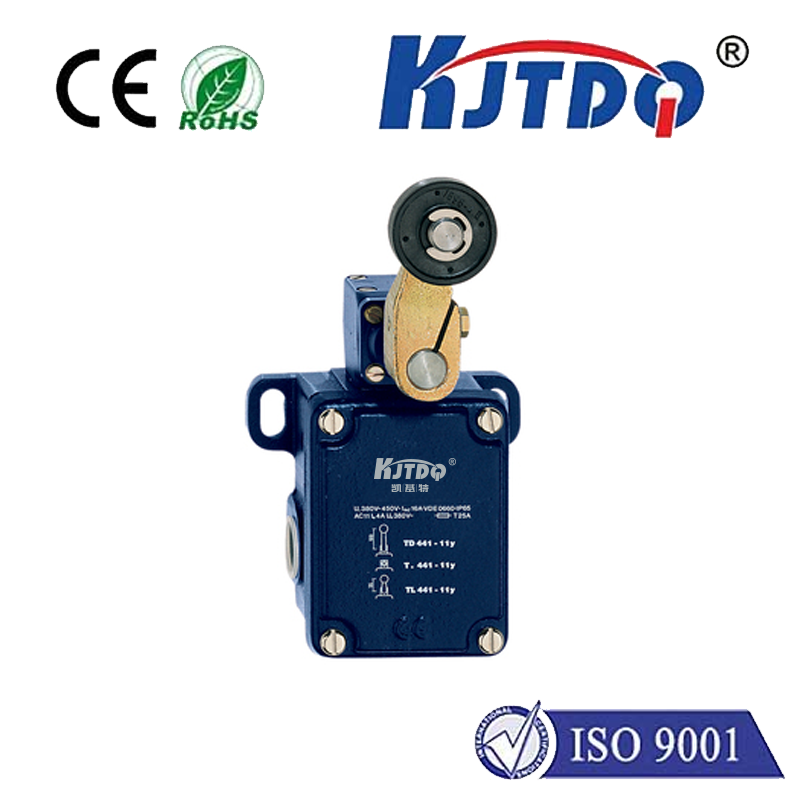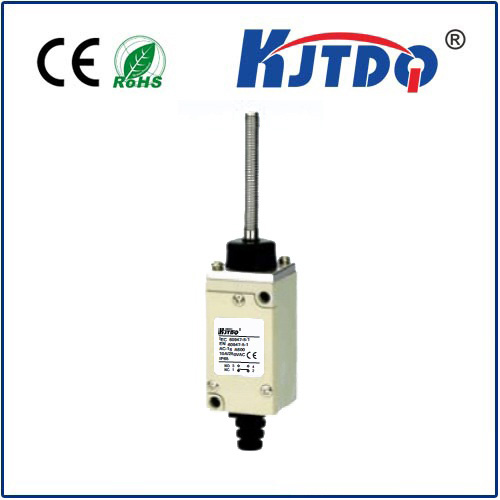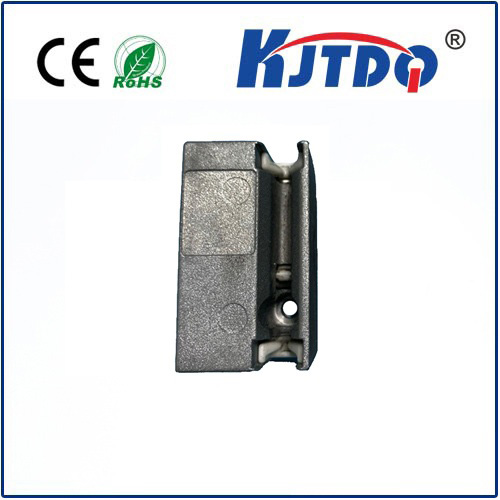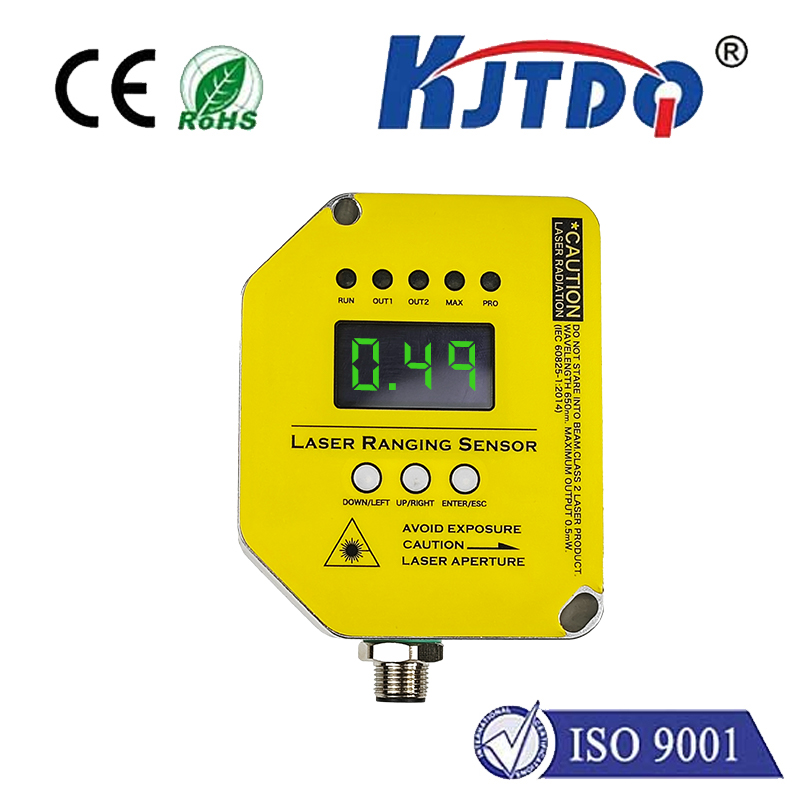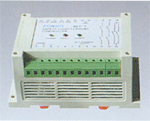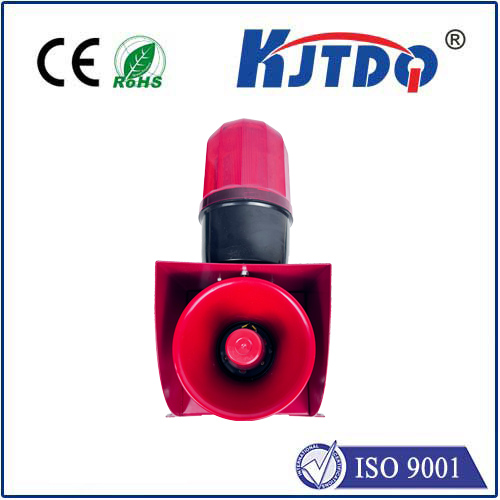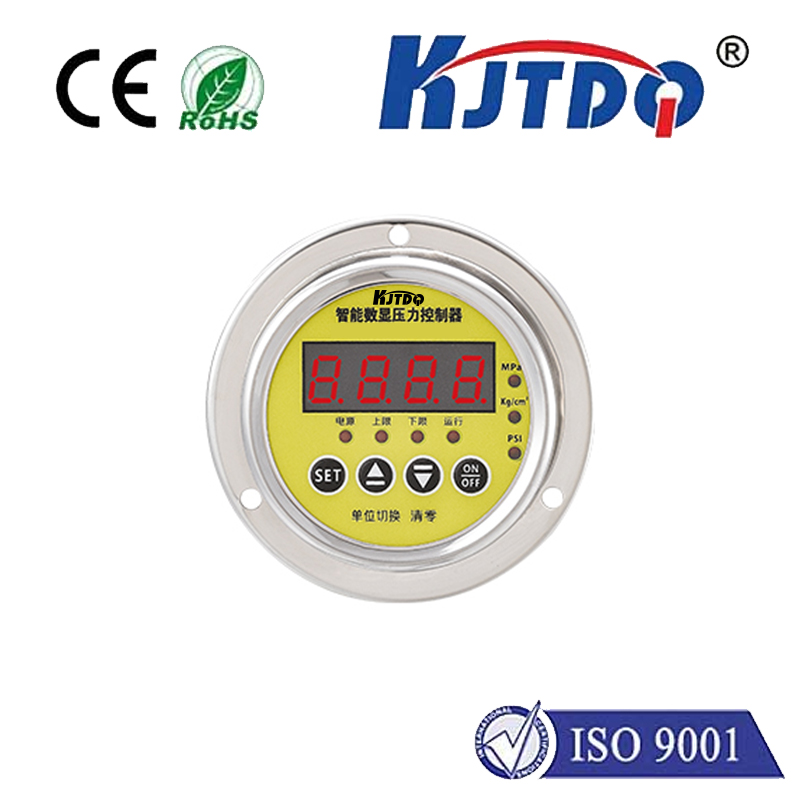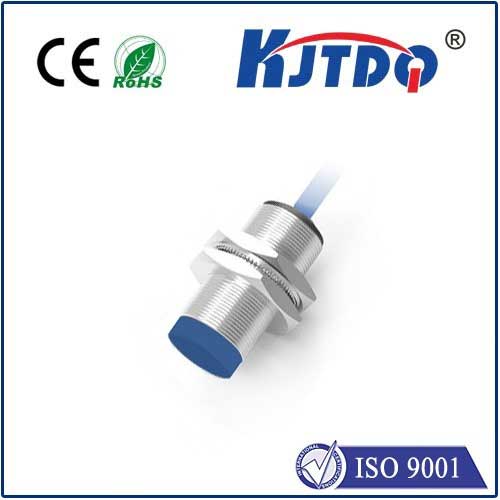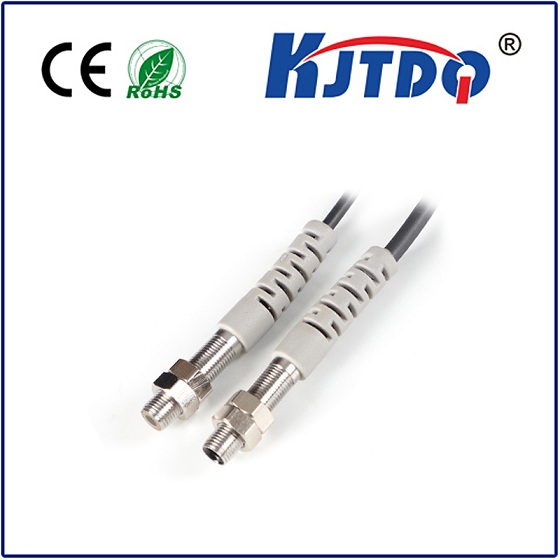
check

check

check

check
Exploring the Capabilities of Photocell Light Sensors
Photocell light sensors, also known as photoelectric sensors, are versatile devices that play a crucial role in various industries. These sensors convert light energy into electrical signals, allowing for precise detection and measurement of light intensity. In this article, we will delve into the capabilities of photocell light sensors and explore their applications in different fields.
Firstly, photocell light sensors are widely used in automation systems. They can detect the presence or absence of an object by measuring changes in light intensity. For instance, in manufacturing processes, these sensors ensure accurate counting and sorting of products. They also facilitate quality control by identifying defects or irregularities that may alter the light pattern.

Secondly, photocell light sensors have significant importance in environmental monitoring. They help to measure sunlight exposure, which is essential for research on climate change and solar radiation. Moreover, these sensors aid in air quality assessment by detecting particulate matter that affects light transmission. By analyzing data from photocell light sensors, scientists can develop strategies to address environmental concerns.
Thirdly, photocell light sensors contribute to the advancement of renewable energy sources. Solar panels incorporate these sensors to optimize their orientation towards the sun, maximizing power generation efficiency. Additionally, photocell light sensors enable smart lighting systems to adjust artificial lighting based on natural light levels, reducing energy consumption and promoting sustainability.
Fourthly, photocell light sensors are integral components in security systems. They trigger alarms when there is a sudden change in light levels due to unauthorized access or movement. This feature enhances safety measures in residential and commercial establishments, deterring potential break-ins or thefts.
Fifthly, photocell light sensors find applications in the healthcare industry as well. They assist in medical diagnostics by measuring variations in blood oxygen levels through pulse oximetry. Furthermore, they contribute to sleep studies by monitoring patients' exposure to light during sleep cycles, helping to diagnose sleep disorders such as insomnia and circadian rhythm disruptions.
Lastly, photocell light sensors add convenience and efficiency to everyday life. They regulate streetlights and indoor lighting based on ambient light conditions, ensuring energy conservation while maintaining adequate illumination. Additionally, they serve as essential components in automatic doors and电梯 systems, providing ease of access for individuals with disabilities or heavy loads.
In conclusion, photocell light sensors possess diverse capabilities that make them valuable across various domains. From enhancing industrial processes to contributing to environmental conservation efforts and improving healthcare services, these sensors prove their significance time and again. As technology continues to evolve, we can expect further innovations in the application of photocell light sensors, making our world more efficient and sustainable than ever before.
